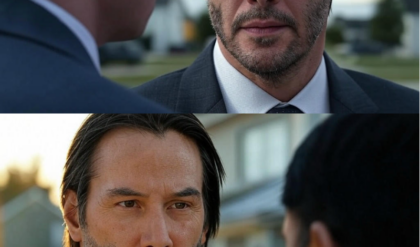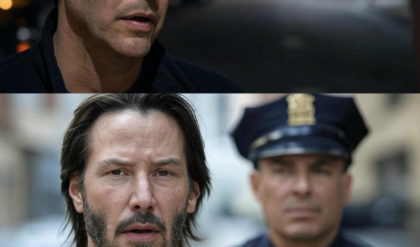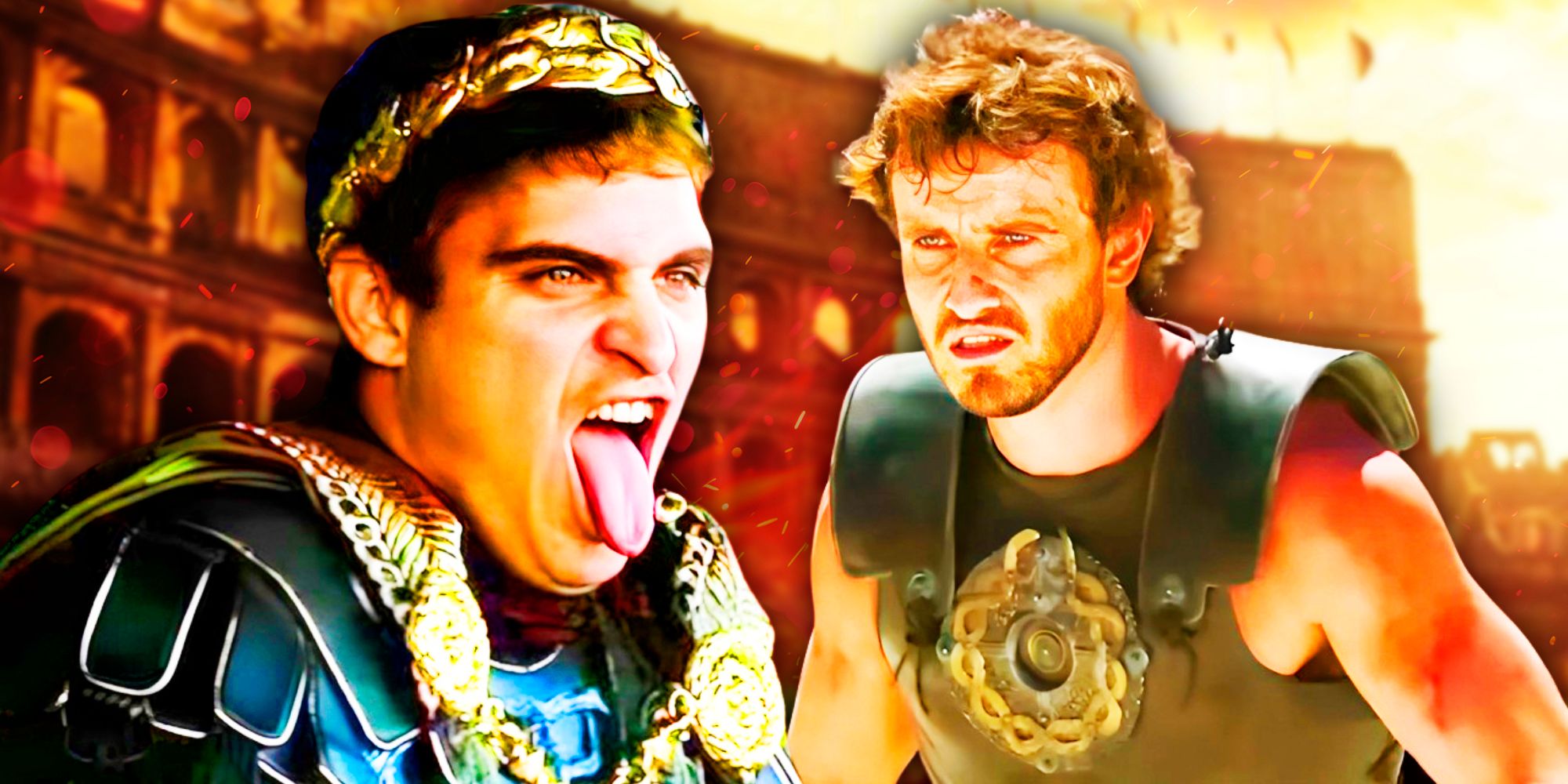
The highly-anticipated sequel is directed by Ridley Scott, who told historians to “get a life” for fact-checking his 2023 Napoleon film (via Variety). The legendary figure clearly doesn’t care much for accuracy, instead focusing on assembling an unbelievable cast for Gladiator 2, including Paul Mescal, Pedro Pascal, and Denzel Washington, all of whom will surely put on a show. But after a historian referred to a scene from the Gladiator 2 trailer with sharks swimming around the Coliseum as “total Hollywood bullshit” (via THR), one historical inaccuracy from the first film is even more apparent.
Gladiator 2 Replicates Commodus’ Thumbs Up Or Thumbs Down Moment
Joseph Quinn’s Emperor Geta Will Use The Thumbs-Down Symbol From Gladiator

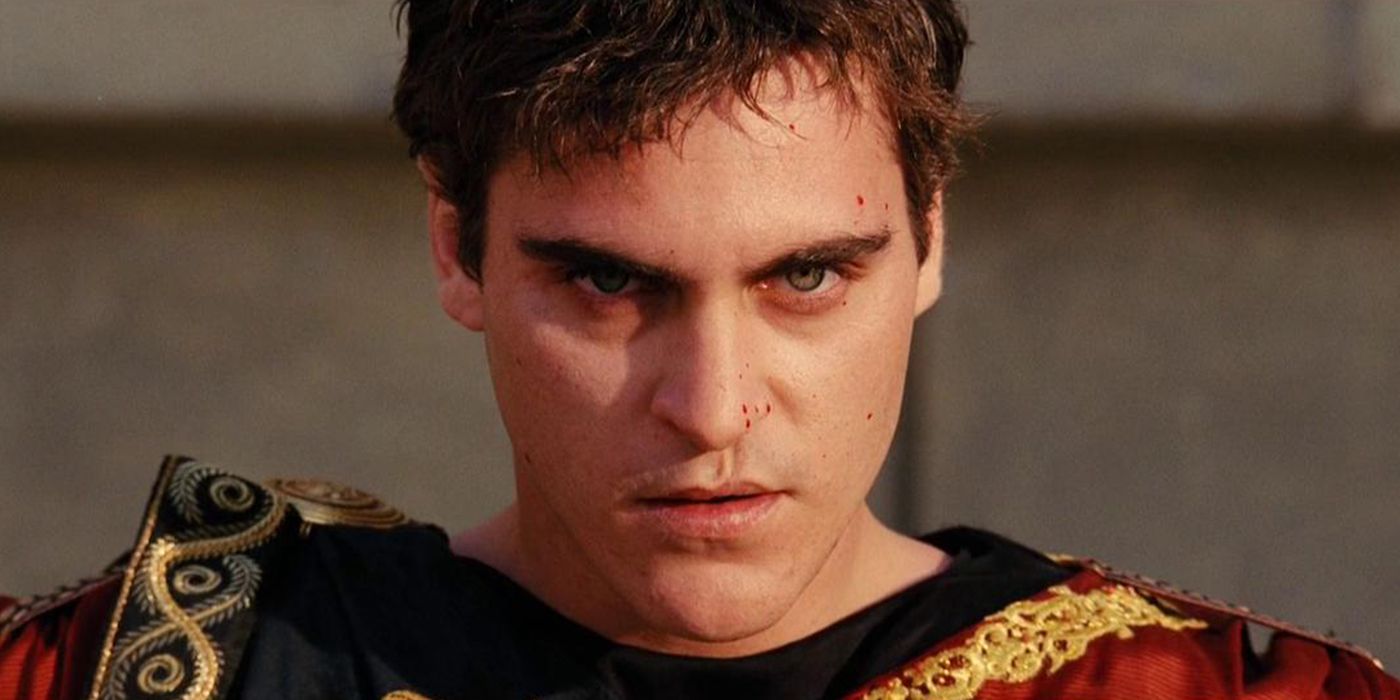

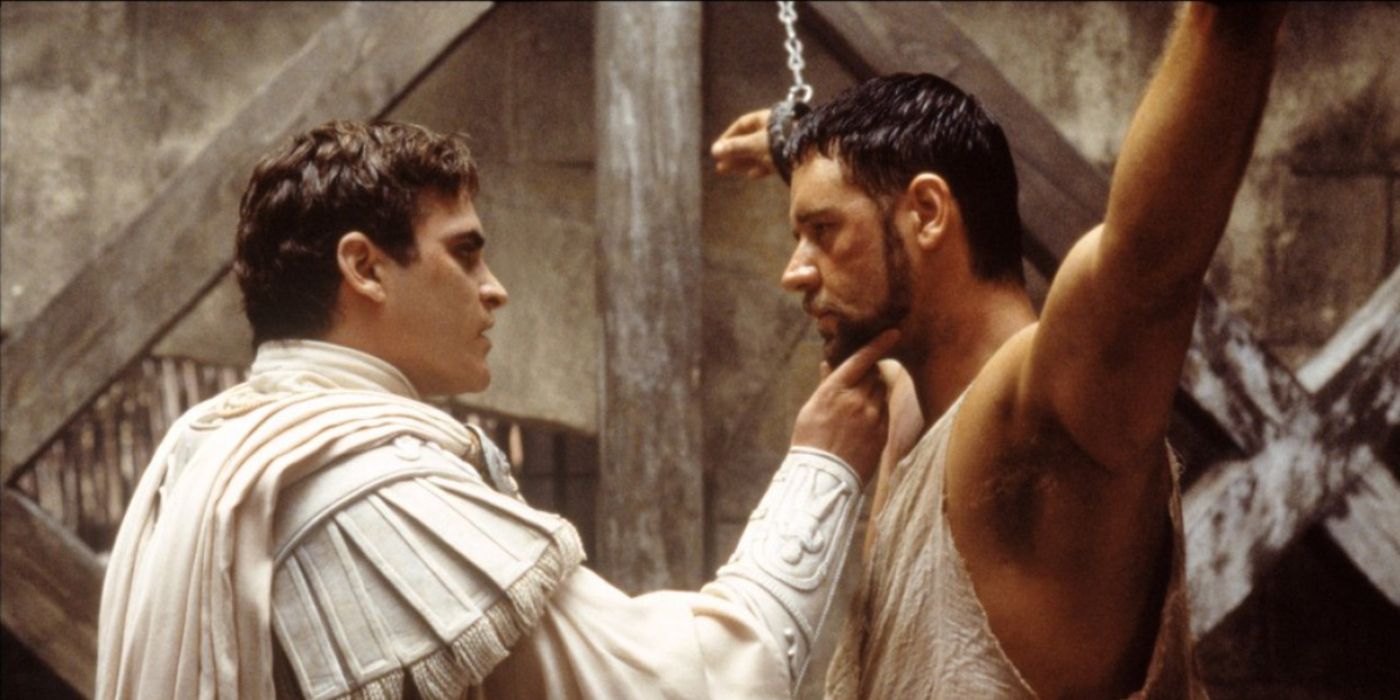
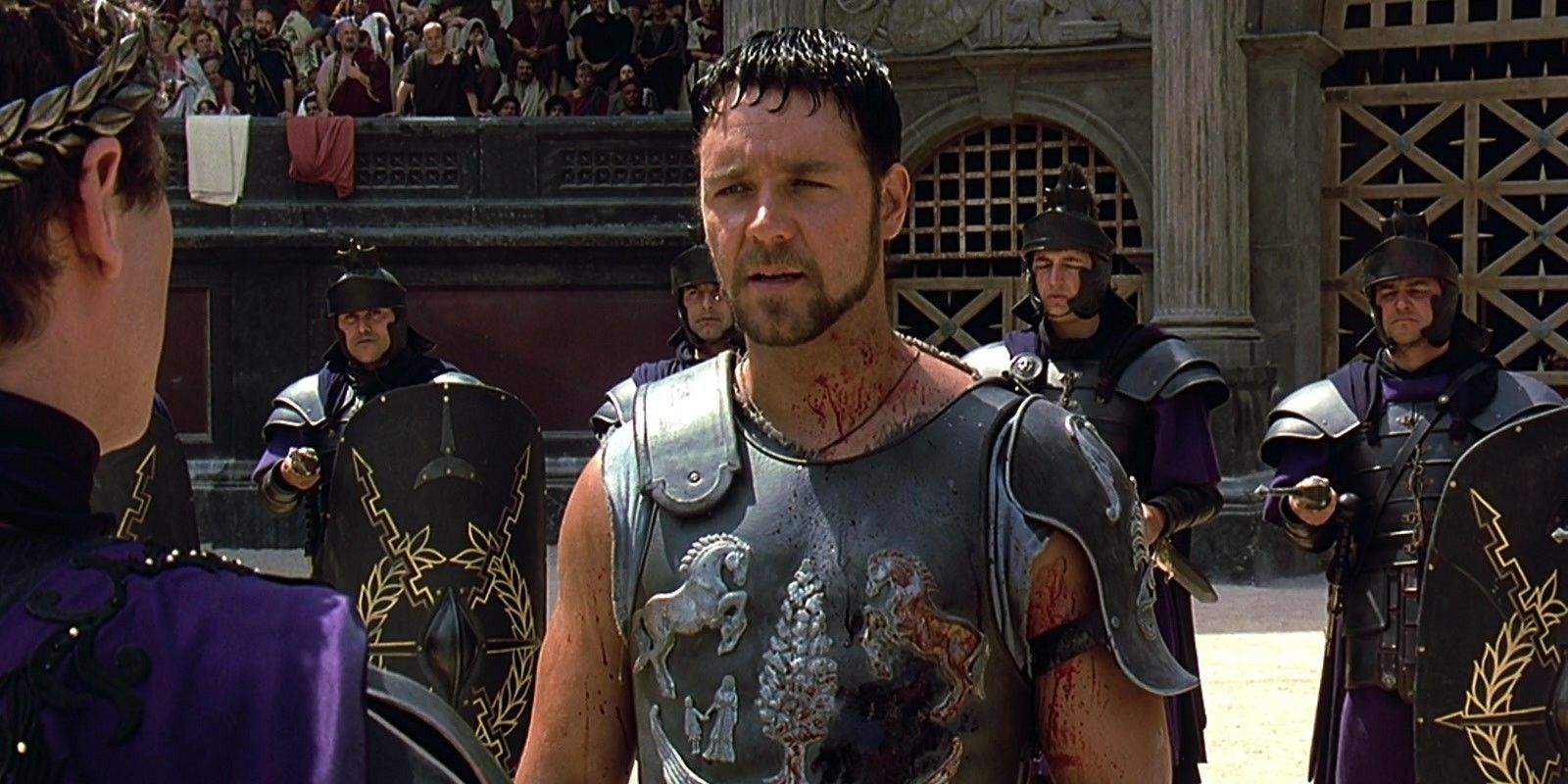





Anyone who’s seen the original Gladiator will remember the scene where Maximus (Russell Crowe) wins over the Roman people in the Coliseum. Due to his winning over the crowd, Commodus (Joaquin Phoenix) has no choice but to spare his life, raising his thumb up to signify he should be spared. Had Commodus pointed his thumb down, it would have been a sign for soldiers to kill Maximus. At least, that’s how the system is shown to work in Ridley Scott’s film.
In Gladiator 2, actors Joseph Quinn and Fred Hechiner play the young, corrupt, dual emperors Geta and Caracalla. Trailers for the film show Joseph Quinn’s Emperor Geta using the same thumbs-down motion as in the original film, signifying that he’ll eventually be having a gladiator executed. With an understanding of the motion and how Ridley Scott is using it wrong, it’s rather amusing that he’s continuing to use it again despite critique for his films being historically inaccurate.
Gladiator Got The Historical Meaning Of The Thumbs Down Wrong
The Thumbs-Down Hand Symbol Wasn’t Used In Real-Life Gladiatorial Games
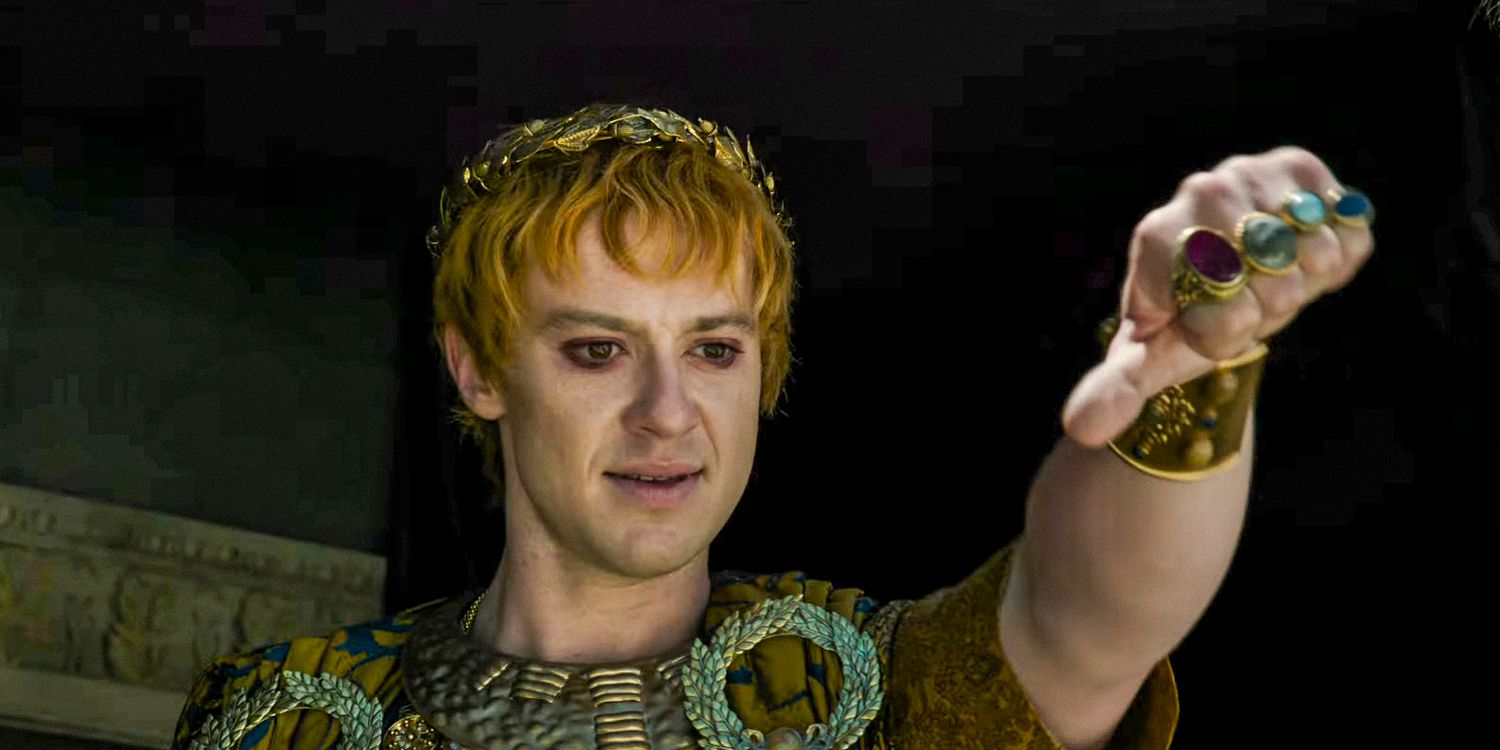
In real history, the thumbs-up signal was actually used, as Gladiator suggests, but it was actually the symbol that meant death. Rather than a thumbs-down, the symbol to spare the gladiator was a closed fist. Gladiator has many historical inaccuracies, and this one is done to avoid confusion by using more obvious symbolism. Ridley Scott deemed that a thumbs-up would be a universally accepted symbol for “good,” which would translate easily to his film. He’s knowledgeable of this factual error and obviously has no quarrel about reusing it in Gladiator 2.
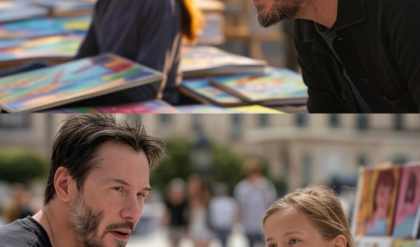
 Girl Sells Artwork to Fund Chemo—Keanu Reeves Strolls By and Shocks the World with an Unbelievable Twist!
Girl Sells Artwork to Fund Chemo—Keanu Reeves Strolls By and Shocks the World with an Unbelievable Twist! 

